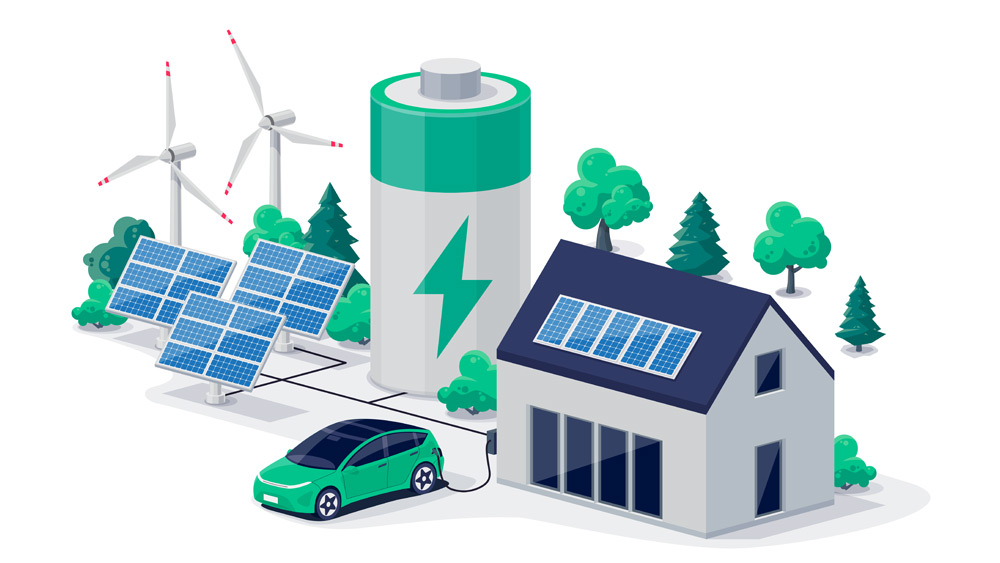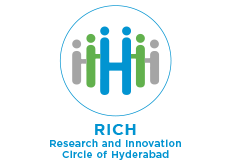Balancing Exploitation and Environment

For decades now, humankind has based societal development on convenience and economics. The result is that today, the average temperature of the planet has risen by 1.1°Celsius, which is dangerously close to the 1.5 °C value (the point of no return). We are already witnessing the impacts of this temperature rise in the form of severe weather events and changing weather patterns. So, now, sustainability, defined as “meeting the needs of the present without compromising the ability of future generations to meet their own needs,” has become a priority for most countries.
The UN has recognised that sustainability is a societal goal with three dimensions: environmental, economic, and social. As a testament to this recognition, it released 17 Sustainability Development Goals (SDGs) in 2015. These provide countries with a framework for moving towards a future built upon systems of smart mobility, responsible consumption and production, and clean energy.
Sustainable human development is intricately linked with the growth of clean energy. Access to reliable and clean energy opens possibilities for better basic services like healthcare, education, sanitation, and transportation; a thriving digital economy and industry; and other quality-of-life improvements such as entertainment and sport. For a truly sustainable future clean energy must back socio-economic development.
Fortunately, the transition away from fossil-fuel use is growing and greater clean and efficient energy use is becoming the norm in our societies. Researchers worldwide are creating innovative and increasingly efficient clean energy generation possibilities, energy-saving technologies , designing ecohomes that are less energy intensive, inventing clean mobility technologies, and developing waste management and circular economy technologies, among other things. The efficient use of energy saves money, reduces greenhouse gas emissions, creates jobs, opens up new opportunities for investment, and can better meet the growing energy demands of the developing world.
In India too, the transition to sustainable, green energy is underway. India is already the 4th largest in the world in terms of the installed capacity of renewables. Most recently, India’s 2022 Union Budget has pushed for a green energy transition, climate action, and the financing of related investments, including the development of electric vehicle infrastructure in the country. The Indian government has also relaxed drone policies and incentivised electric vehicle production through its FAME and PLI schemes. This will not only help reduce India’s current emissions but will have a positive impact on the economy as well. For instance, a recent report estimates that the green energy transition in India will create about 34 lakh jobs.
In order to keep pace with the rapid advances in the green technology development space, and to achieve the desired impact, interdisciplinary collaboration between industrial stakeholders, independent innovators, and research institutions is important. Since its inception in 2017, RICH has been facilitating such collaborations in agriculture and the life sciences. RICH supports a thriving innovation ecosystem within Telangana through a combination of funding opportunities such as UPJA and BIRAC; initiatives such as the Entrepreneur Fellowship Programme, the Drone Technologies for a Better Living, Agri Nutri-connect, and Acceleration Initiative for Diagnostics; and a host of services for innovators such as incubation support and IP assistance. Recently, RICH has expanded its area of operations to Sustainability, with a specific focus on fields at the intersection of energy, e-mobility, and waste management.
Sustainable technologies that are affordable and run on renewable energy are key to India achieving its goal to become a Net Zero emissions country by 2070. We, as a society, need to rethink how we consume resources and produce sustainable products, if we are to avoid the worst fallout of climate change and leave a world for future generations in which they can continue to thrive.
Stay tuned to this blog section for more insights on the renewable energy sector in India and the world.





